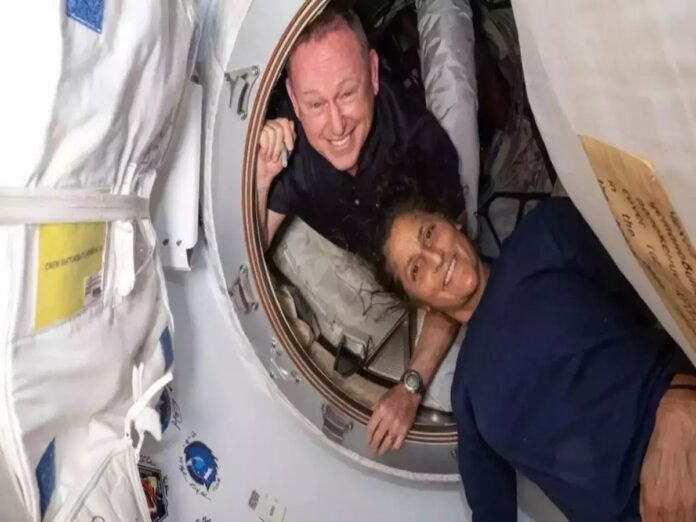
NASA astronaut Sunita Williams is experiencing a rare phenomenon aboard the International Space Station (ISS): witnessing 16 sunrises and sunsets every single day. Since launching on her mission in June 2023, Williams has spent her days circling Earth at a blistering speed of 28,000 km/h, which allows her to see the sun rise and set every 45 minutes. This remarkable view is one of the unique perks of life on the ISS, where astronauts orbit Earth approximately once every 90 minutes.
Why Does the ISS Experience Multiple Sunrises and Sunsets?
The ISS travels so fast that it completes a full orbit around Earth every 90 minutes. In each orbit, astronauts pass through cycles of sunlight and darkness, creating a new sunrise or sunset every 45 minutes. This rapid transition from day to night happens 16 times in a 24-hour period, providing a breathtaking perspective that highlights Earth’s curvature and atmospheric layers as the sun dips below the horizon.
Williams, who first experienced these frequent sunrises and sunsets on her initial ISS mission in 2013, once described the awe of space in her own words: “After working so hard to get to space, I was lucky to see 16 sunrises and 16 sunsets daily aboard a fast-moving space shuttle.”
How Do Astronauts Adapt to the Unique Day-Night Cycle?
Without the regular day-night rhythm of Earth, astronauts follow a strict schedule based on Coordinated Universal Time (UTC) to regulate sleep and activity. The ISS environment, where time passes differently due to the absence of natural light cues, necessitates a structured day divided into intervals for work, exercise, meals, and rest. This routine helps maintain their mental and physical health, as the continual shift between light and dark could easily disrupt sleep patterns and productivity.
Since astronauts don’t have the luxury of a natural sunrise or sunset to signal rest periods, precise atomic clocks play a crucial role. These clocks ensure ISS crews stay synchronized with ground-based teams, which is vital for coordinated tasks, particularly during complex or deep-space missions.
The Challenge of Delayed Return to Earth
Williams was initially scheduled to return to Earth via Boeing’s Starliner spacecraft, but delays with the vehicle have postponed her trip back home. Now, she is expected to make her return in February 2025 aboard SpaceX’s Crew Dragon. Her prolonged stay highlights the challenges astronauts face in managing extended periods away from Earth, both physically and mentally.
The Future of Space Travel and Astronaut Life
With NASA and private companies like SpaceX pushing the boundaries of space exploration, more astronauts will soon experience life beyond our planet’s standard cycles of day and night. The insights gained from the ISS missions pave the way for future long-duration space travel, including journeys to Mars and beyond, where time and distance will make Earth’s 24-hour cycle even more of a memory than a reality.

